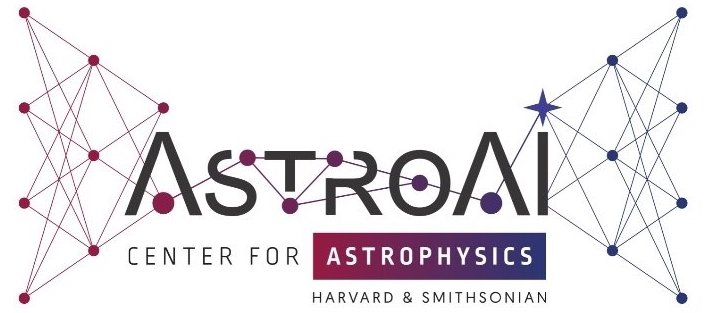Katachi (形): Decoding the Imprints of Past Star Formation on Present-Day Morphology in Galaxies with Interpretable CNNs
Presenter: Juan Pablo Alfonzo
Title: Katachi (形): Decoding the Imprints of Past Star Formation on Present-Day Morphology in Galaxies with Interpretable CNNs
Date/Time: Monday, June 17th, 2:30 - 4:00 PM; Thursday, June 20th, 3:30 - 5:00 PM
Abstract: The physical processes responsible for shaping how galaxies form and quench over time leave imprints on both the spatial (galaxy morphology) and temporal (star formation history; SFH) tracers that we use to study galaxies. While the morphology-SFR connection is well studied, the correlation with past star formation activity is not as well understood. To quantify this we present Katachi (形), an interpretable convolutional neural network (CNN) framework that learns the connection between the factors regulating star formation in galaxies on different spatial and temporal scales. Katachi is trained on 9904 galaxies at 0.02 < z < 0.1 in the SDSS-IV MaNGA DR17 sample to predict stellar mass (M∗; RMSE 0.22 dex), current star formation rate (SFR; RMSE 0.31 dex) and half-mass time (t50; RMSE 0.23 dex). This information allows us to reconstruct non-parametric SFHs for each galaxy from gri imaging alone. To quantify the morphological features informing the SFH predictions we use SHAP (SHapley Additive exPlanations). We recover the expected trends of M∗ governed by the growth of galaxy bulges, and SFR correlating with spiral arms and other star-forming regions. We also find the SHAP maps of D4000 are more complex than those of M∗ and SFR, and that morphology is correlated with t50 even at fixed mass and SFR. Katachi serves as a scalable public framework to predict galaxy properties from large imaging surveys including Rubin, Roman, and Euclid, with large datasets of high SNR imaging across limited photometric bands.
